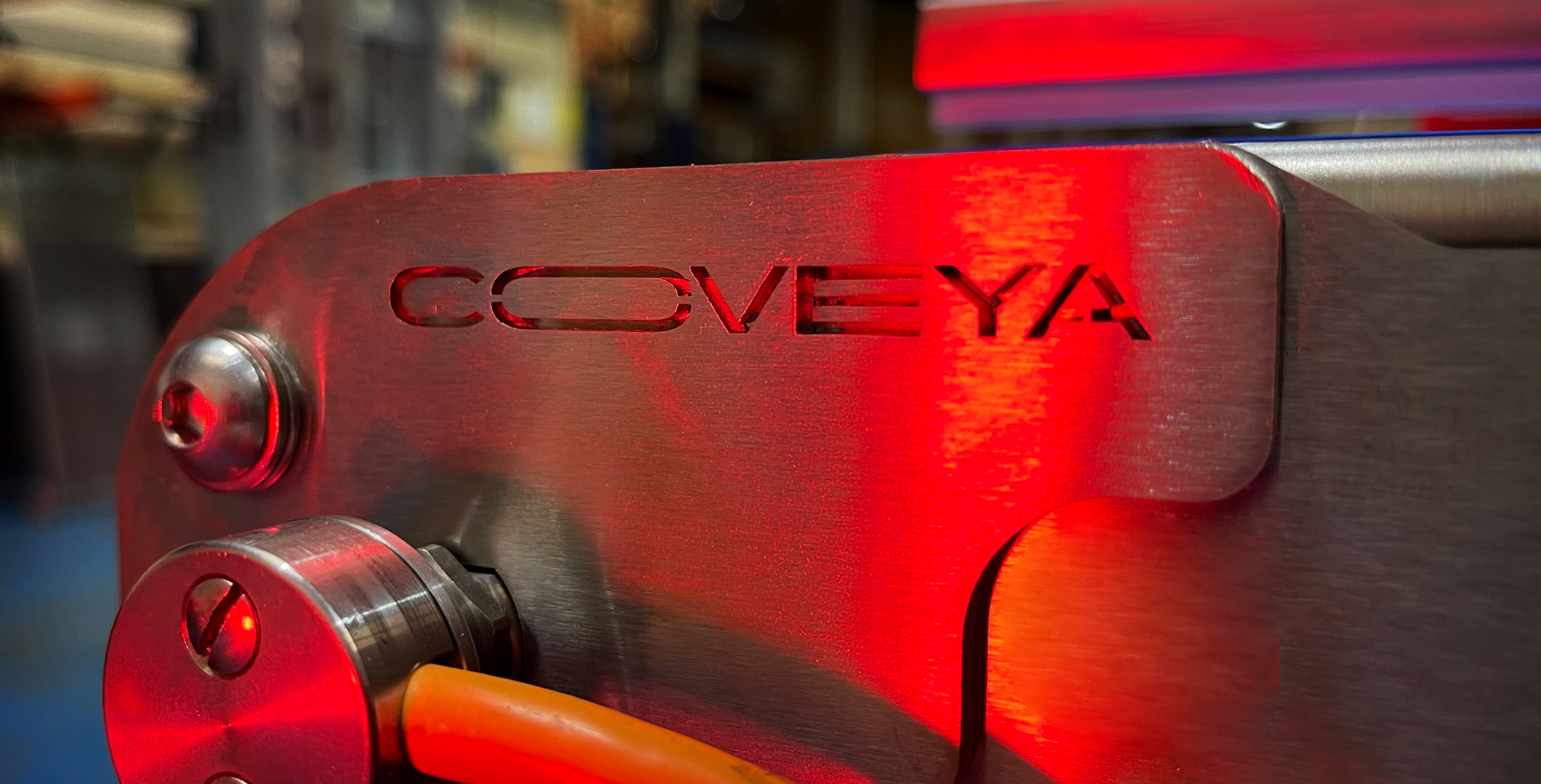- Amanda
- January 28, 2020
How to Choose a Conveyor

Conveyors come in all shapes and sizes and, whether you’re hiring or buying, you need to make sure it’s the right conveyor system for the job. There are many different factors to consider when choosing a conveyor, and the experts at Coveya are here to detail these, helping you make the right choice.
1. Product Specifications and Materials Handling
The first thing to consider is what kind of materials do you want to move? The type of conveyor and belt you need depends on the type of material you’re moving. All materials convey differently, so you’ll need a different conveyor system for excavated spoils compared to, say, dewatered sludge. Evaluate the dimensions of your product, as oversized items may require specialised conveyors, and the weight of your items is another crucial aspect, as conveyors must support loads without compromising durability.
The type of material, whether solid, liquid or fragile, will determine which conveyor you choose. You may require a belt, chain or roller conveyor for certain materials, so if you know what needs moving, this will help you find the ideal system.
2. Operational and Accumulation Requirements
When you choose a conveyor, operational requirements are vital to understand, with elements including speed, stop/start capabilities and automation important aspects to outline to meet production demands. Equally important is accumulation requirements, which refer to the need for products to pause or queue on the conveyor without disrupting flow. For example, bottling lines often require smooth accumulation to avoid product damage. Understanding requirements for product handling and operational procedures will help prevent production delays and ensure the conveyor you choose will support your business’s unique needs.
3. Safety and Environmental Considerations
In all manner of industries, safety is the top priority followed closely by providing sustainable solutions. You’ll want a conveyor system which features protective guards, emergency stops and anti-slip surfaces to reduce workplace risks. If you’re looking to be good to the environment when choosing a conveyor, you need to assess the location where your conveyor will be installed. Environmental factors include temperature resistance, moisture levels and dust migration. Food production, for example, may require stainless-steel conveyors for hygiene and durability, while outdoor systems should withstand adverse weather conditions.
Taking these considerations into account will ensure compliance with safety regulations and create a sustainable, efficient working environment.
4. Conveyor Washdown Requirements
Cleaning, or washing down, your conveyor is key to maintaining hygiene and preventing contamination. If you work in industries such as food or pharmaceuticals, rigorous cleaning processes are necessary, and custom conveyors can be manufactured to accommodate different washdown requirements, including:
- Light Washdown – for minimal moisture exposure and suitable for dry goods.
- Medium Washdown – handles occasional water and cleaning agents.
- Heavy Washdown – designed for frequent sanitisation with high-pressure water and chemicals.
Selecting a conveyor system that meets your washdown needs ensures compliance with health standards and extends the system’s lifespan.
5. Is There an Incline or Decline
It may be that you need to get your material over something, or you may need to discharge your material into a lorry or skip that is higher than the starting point. How steep the conveyor needs to be will affect what type of belt you need. If the conveyor is on an incline, you might need a chevron belt or a flighted belt to carry the material up the slope. Inclines and declines impact conveyor performance and product stability, with declined belts needing controlled braking. Understanding these factors ensures smooth material or product flow and prevents operational disruptions.
6. Maintenance Requirements
Think about how long you intend to have your conveyor deployed, and how much usage it will see, as this will determine maintenance requirements. If you are hiring a conveyor for a few weeks, maintenance shouldn’t really be an issue, but if you’re buying a conveyor for long-term use then you will also want to evaluate servicing and maintenance options. Choose conveyor systems with easily accessible components, reducing the time required for inspections and repairs, and rely on expertise from professionals, like Coveya, to keep your system running smoothly.
7. Product and Material Transfer
Consider the size, shape and fragility of the items being transferred, as poorly planned transfers can cause product damage or misalignment. When you choose a conveyor, look for features like transfer chutes or feed hoppers which provide smooth transitions, particularly for delicate and irregularly shaped loose materials. Needing to move material 10 m doesn’t automatically mean one 10 m conveyor, you might need two or three conveyors to get around corners or avoid obstacles. Are there steels, walls, piles, lintels, sills or anything else in the way? All these things are relevant when choosing the right conveyor – or series of conveyors – for the job.
Looking for the Right Conveyor System? Contact Our Experts Today!
Choose a conveyor with the help of the experts at Coveya. We provide a free site survey to get you the right systems for the job, no matter if you’re working in demolition, construction, waste management, water treatment or other specialist sector. Explore our conveyor brochure to discover our systems or get in touch with our team on 0808 501 5127 to discuss your needs.


